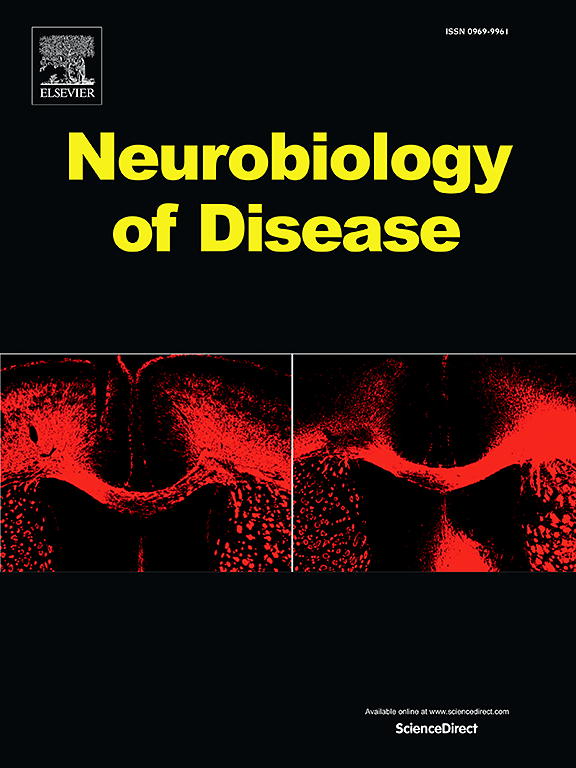Current safety recommendations for handling mouse and human αsynuclein pre-formed fibrils
IF 5.1
2区 医学
Q1 NEUROSCIENCES
引用次数: 0
Abstract
α-Synuclein (α-syn) can form amyloid fibrils. Lewy bodies and Lewy neurites containing aggregated α-syn are pathological markers of Parkinson's Disease and Dementia with Lewy Bodies. To better understand the role of pathological α-syn in disease, many labs use α-syn preformed fibrils (PFFs). Neurons take up the PFFs, which act as seeds to corrupt endogenously expressed α-syn, inducing it to form aggregates very similar to those found in diseased brains. The PFFs are typically generated using recombinant mouse or human α-syn. α-Syn fibrils can also be extracted or amplified from brain tissue extracts, cerebrospinal fluid, or skin biopsies from patients with known synucleinopathy. The PFFs are then added to cell culture, or injected into rodents or primates to induce pathology. Because PFFs can corrupt endogenous α-syn, researchers should adhere to strict safety protocols when handling PFFs to minimize potential exposures. Our group consulted with biosafety professionals at the University of Alabama at Birmingham (UAB) to identify potential risks related to working with α-syn PFFs and offer containment controls to mitigate those risks. Potential exposures include pipetting, opening tubes, and sonication of the PFFs to generate fragments, all of which could potentially generate aerosols. Here, we outline best practices for the safe conduct of research with α-syn fibrils, including personal protective equipment and decontamination procedures. We highlight steps in which extra precautions should be taken and how to minimize exposure and potential risk associated with use of PFFs in scientific research.
求助全文
约1分钟内获得全文
求助全文
来源期刊

Neurobiology of Disease
医学-神经科学
CiteScore
11.20
自引率
3.30%
发文量
270
审稿时长
76 days
期刊介绍:
Neurobiology of Disease is a major international journal at the interface between basic and clinical neuroscience. The journal provides a forum for the publication of top quality research papers on: molecular and cellular definitions of disease mechanisms, the neural systems and underpinning behavioral disorders, the genetics of inherited neurological and psychiatric diseases, nervous system aging, and findings relevant to the development of new therapies.
 求助内容:
求助内容: 应助结果提醒方式:
应助结果提醒方式:


